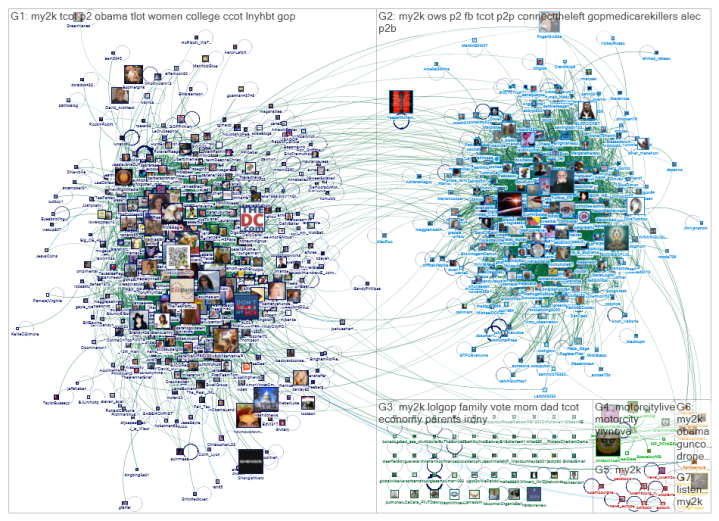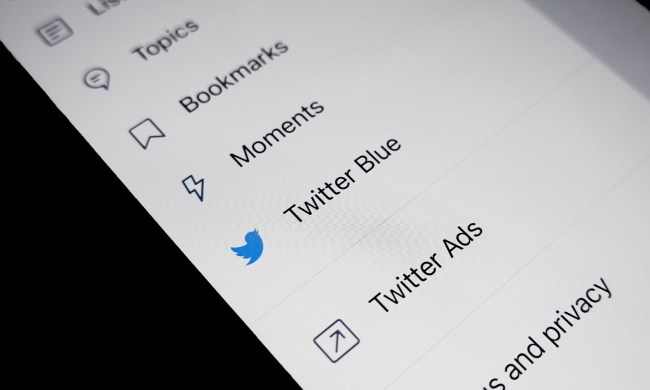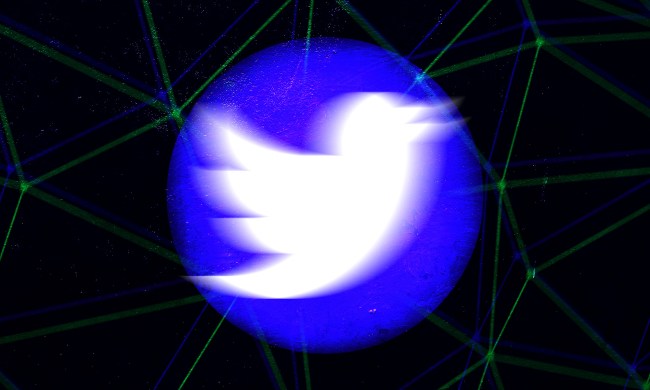
Twitter is the site of plenty of political chatter. But for people with opposing views, Twitter isn’t exactly a place to come together and micro -blog towards a better understanding. Instead, it’s a highly polarized environment where right wing and left wing thinkers keep to opposite corners.
In 2012, the Obama administration started a social media campaign asking Twitter users what $2,000 would mean to them. It was meant to highlight how necessary it was for Congress to strike a deal. What it primarily did was show how divided the country was over the issue.
Researchers traced the responses to that Twitter campaign in a study called “Mapping Twitter Topic Networks: From Polarized Crowds to Community Clusters.”
“If a topic is political, it is common to see two separate, polarized crowds take shape. They form two distinct discussion groups that mostly do not interact with each other. Frequently these are recognizably liberal or conservative groups,” the paper reads. “The structure of these Twitter conversations says something meaningful about political discourse these days and the tendency of politically active citizens to sort themselves into distinct partisan camps.”
There are other kinds of Twitter topic crowds other than the strictly polarized – people also bunch up into tight communities around specific topics, and form support groups. But clustering off and separating is common.
This discovery underlines how important it is to consume media from social networks with the understanding that your biases and preferences have helped curate a bubble of information that may be very different than the overall public opinion. Just because everyone on your Twitter feed is freaking out over something doesn’t mean the rest of the world is. And while Twitter is a powerful platform for discourse, if people elect to stay in their chosen bubbles and never see the viewpoints of other crowds, their perspectives become myopic.
So basically, Twitter politics can be like when I was growing up and I thought that, like, at least 80 percent of the world was Irish-Catholic because that was my community. Or like when I was in undergrad and I started thinking that the word “hegemonic” was something people normally dropped in conversations. If everyone around you is one way, it can trick you into thinking that’s how the world is.

